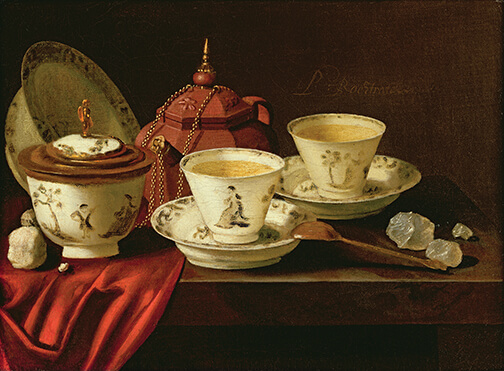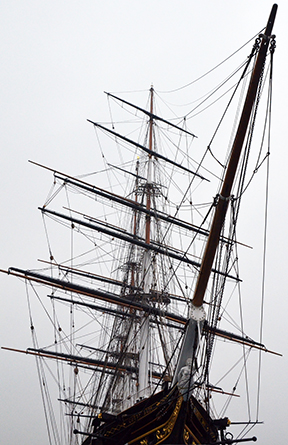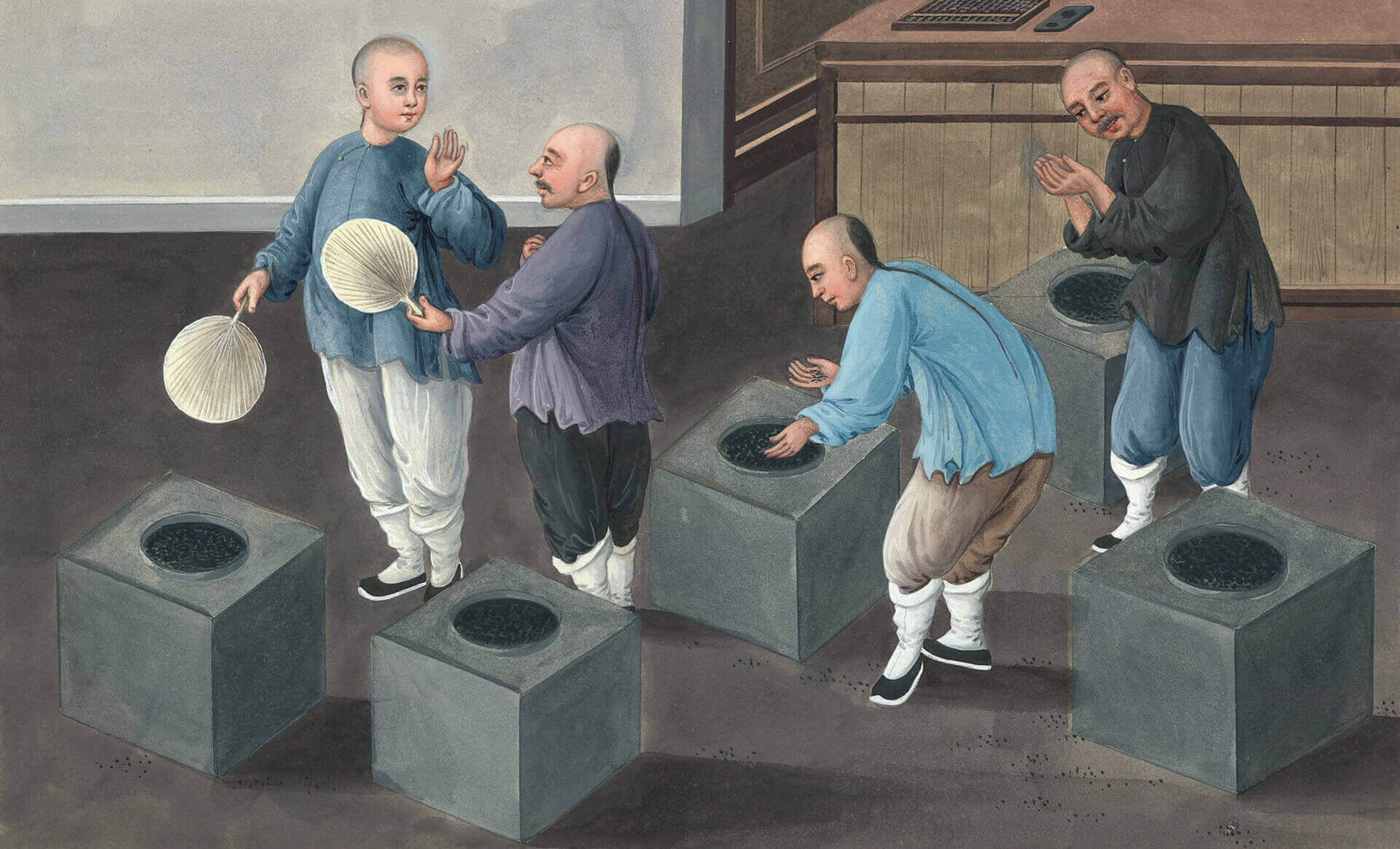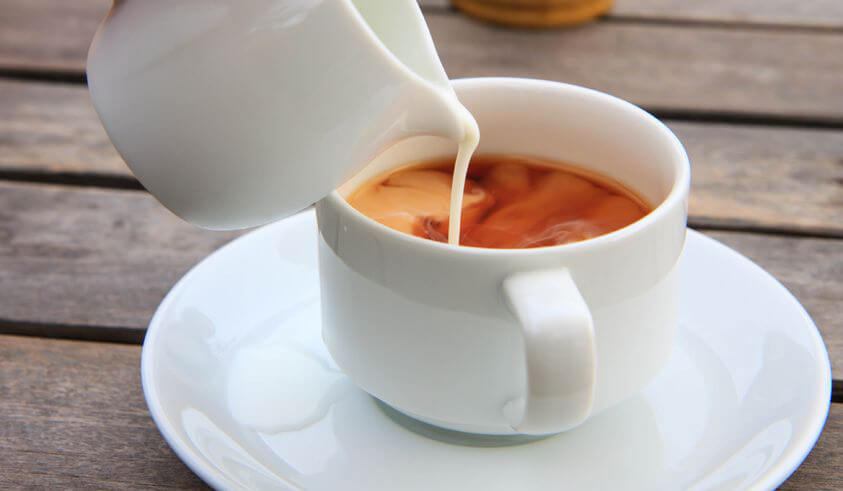One Lump or Two?

Until the sixteenth century, sugar was imported from Brazil, the Azores and the Canary Islands at great expense. When supplies began to come from the West Indies, the price was brought down by half. Figures for 1660 show sugar consumption in England to be an average of approximately 2 lbs. per person per year. By the end of the century, this figure had doubled, and the increase may well have been caused by an increased consumption of tea and coffee as well as the wider use of sugar in sweetmeats and desserts.
Not everybody thought that this heavy use of sugar in tea was reasonable. Englishman John Ovington wrote:
“Yet some will urge that although these Virtues which I have mention’d may be fairly attributed to this China Liquor, yet are they sometimes obstructed by the use of that Sugar which is commonly mix’d with it. And this indeed, I must confess, may somewhat abate the Efficacy of it in some Operations; yet this Advantage it produces, in benefiting the Lungs and Reins [kidneys]; to which it is a mighty Friend.”
Until the end of the seventeenth century, it was rare to add milk to the little bowls of tea. Milk or cream jugs made their appearance in paintings only in the late seventeenth and early eighteenth centuries, when the use of milk in tea slowly became fashionable.
In 1698, Rachel, Lady Russell, wrote to her daughter to report that, “yesterday, I met with little bottles to pour milk out for tea; they call them milk bottles. I was much delighted with them, and so put them up for a present to you.” Four years later, she made a point of saying that “excellent green tea is good with milk.”
As well as providing an elegant digestive after dinner, tea was also occasionally used as the base for more nourishing drinks. In 1664, Sir Kenelm Digby noted down a recipe for a tea caudle that he had learned from a Jesuit priest returning from China.
“To near a pint of the infusion, take two yolks of new-laid eggs, and beat them very well with as much fine sugar as is sufficient quantity of liquor; when they are very well incorporated, pour your tea upon the eggs and sugar, and stir them well together. So drink it hot. This is when you come home from attending business abroad, and are very hungry, and yet have not conveniency to eat presently a competent meal.”
But he warned that:
“…in these parts we let the hot water remain too long soaking upon the tea, which maketh it extract into it self the earthly parts of the herb. The water is to remain upon [the tea] no longer than whilst you can say the Miserere psalm very leisurely … Thus you have only the spiritual parts of the Tea, which is much more active, penetrative and friendly to nature. (You may for this regard take a little more of the herb; about one dragm of Tea will serve for a pint of water; which makes three ordinary draughts.)”



